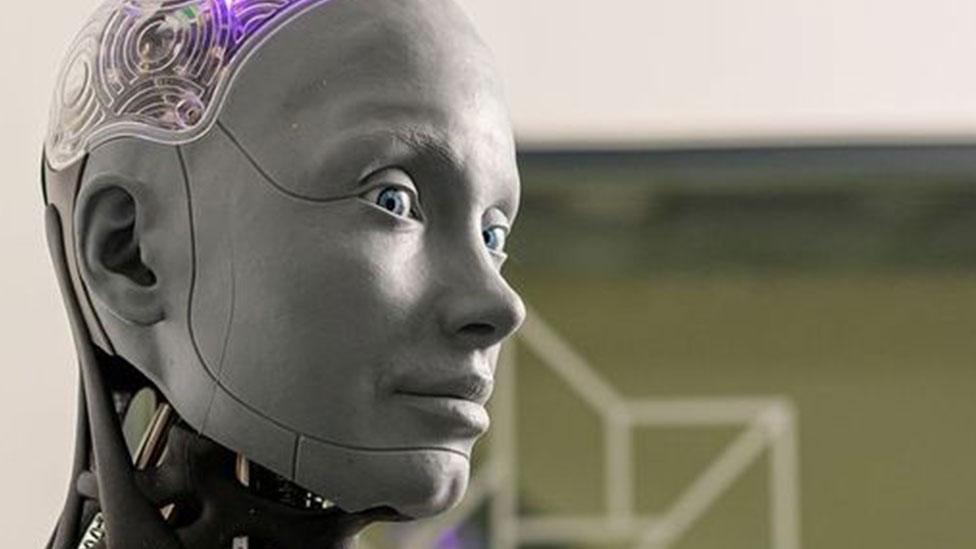Tiny jellyfish robots can move with light
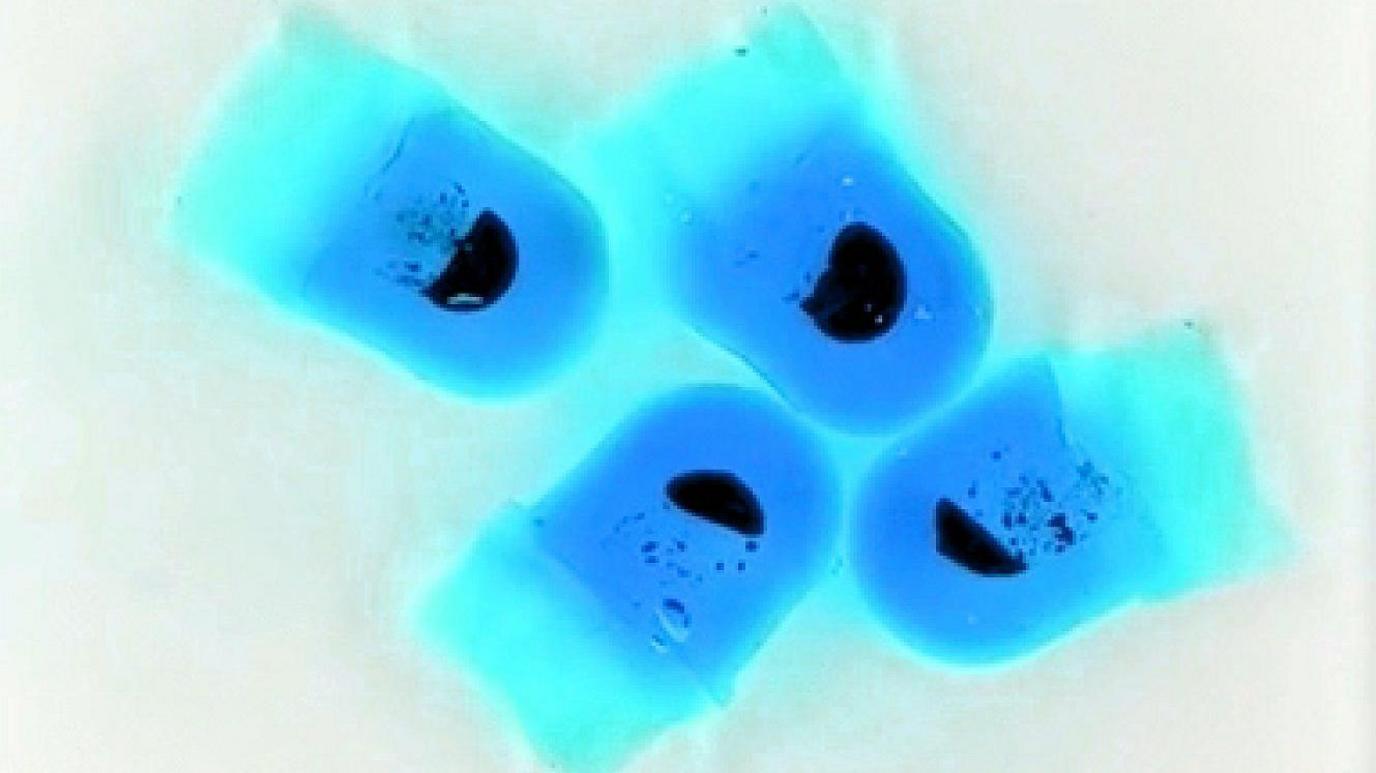
These little robots use magnets and light to move
- Published
A team of scientists have created tiny jellyfish-like robots that use light to move, and it's hoped that one day they might be used to deliver medicine around the body.
They're made with something called ferrofluid, which is a liquid made up of oil droplets and magnetic material.
If magnets are placed near them, the liquid can change shape or move along flat surfaces.
A team of researchers led by Dr Mengmeng Sun at the Max Planck Institute for Intelligent Systems in Germany tested them with an obstacle course, and are hopeful that they will be useful in future healthcare practices.
More science stories
Fur trackers could help monitor polar bear behaviour
- Published17 July 2024
Apollo 11: 55 years since humans first walked on the Moon
- Published16 July 2024
Where in the world has not been explored?
- Published18 July 2024
How do they work?
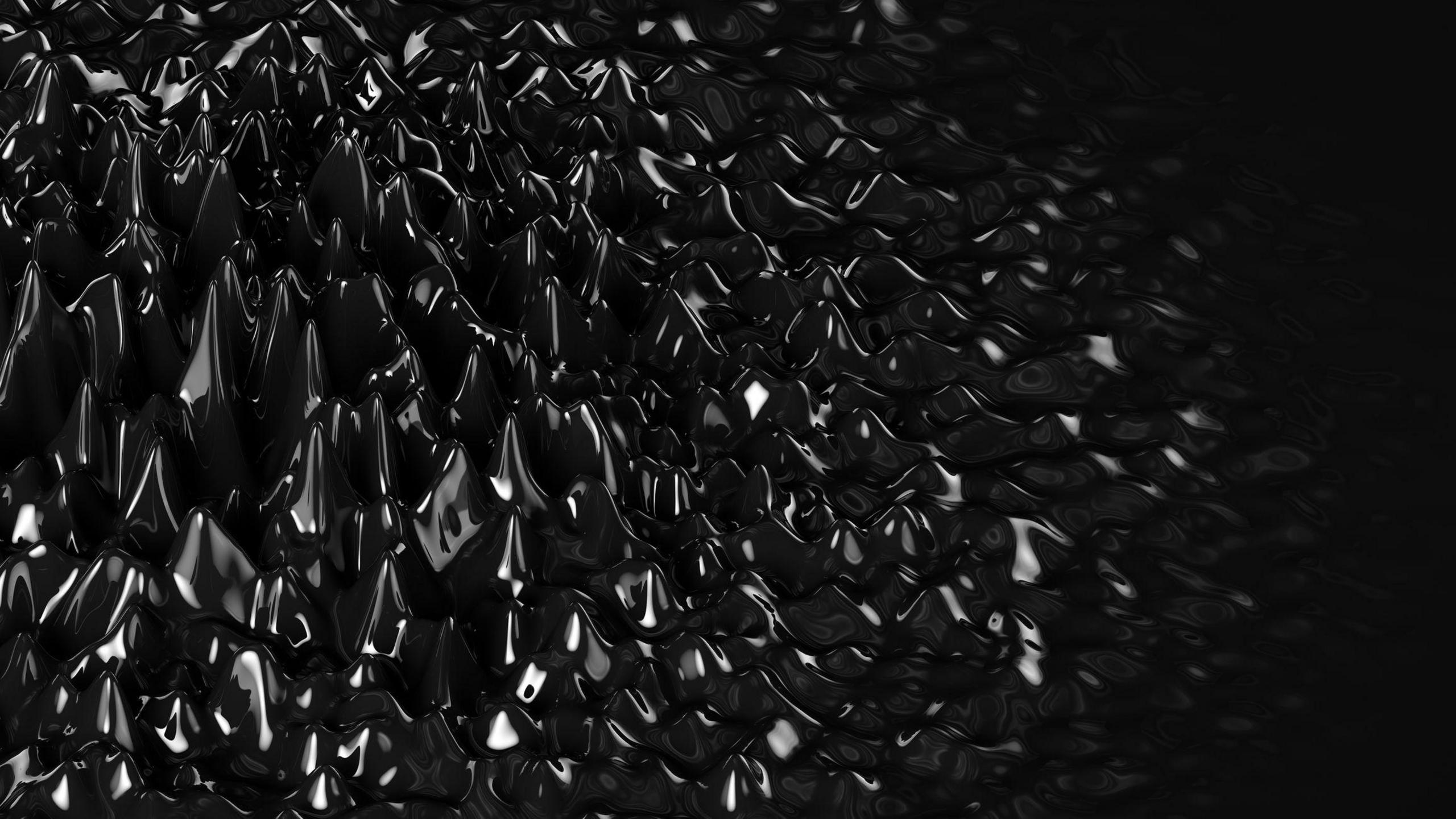
This is what a ferrofluid can look like when it reacts to a magnet
Dr Sun told BBC Newsround: "Our jellyfish robots are tiny, squishy, and can move in lots of different ways.
"Most tiny robots can only move in flat, two-dimensional ways, like a car on a road. But our robots can move up and down and all around in three dimensions, like a bird flying in the sky."
How were they tested?
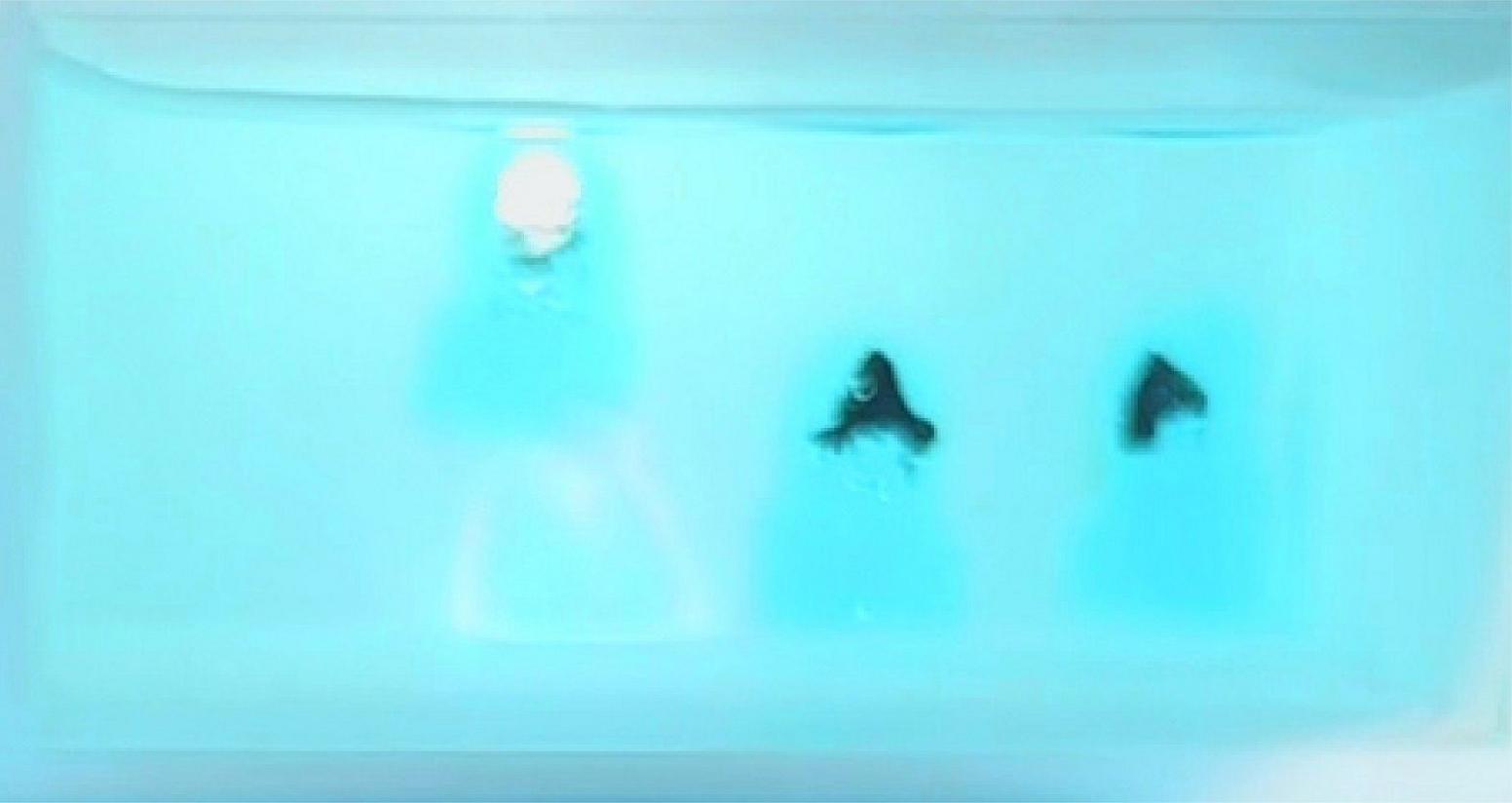
Here the robots are in their tank, completing the obstacle course made for them
The team created an underwater obstacle course which they guided the robots through using light.
The course included lots of different platforms at different heights, which the scientists had to make the jellyfish 'swim' over.
When light was pointed at the jellyfish, they would float up, and when it was taken away, they would sink back down again.
And they found that different types of light had the same effect - the jellyfish floated when they had lasers pointed at them, as well as sunlight through a magnifying glass.
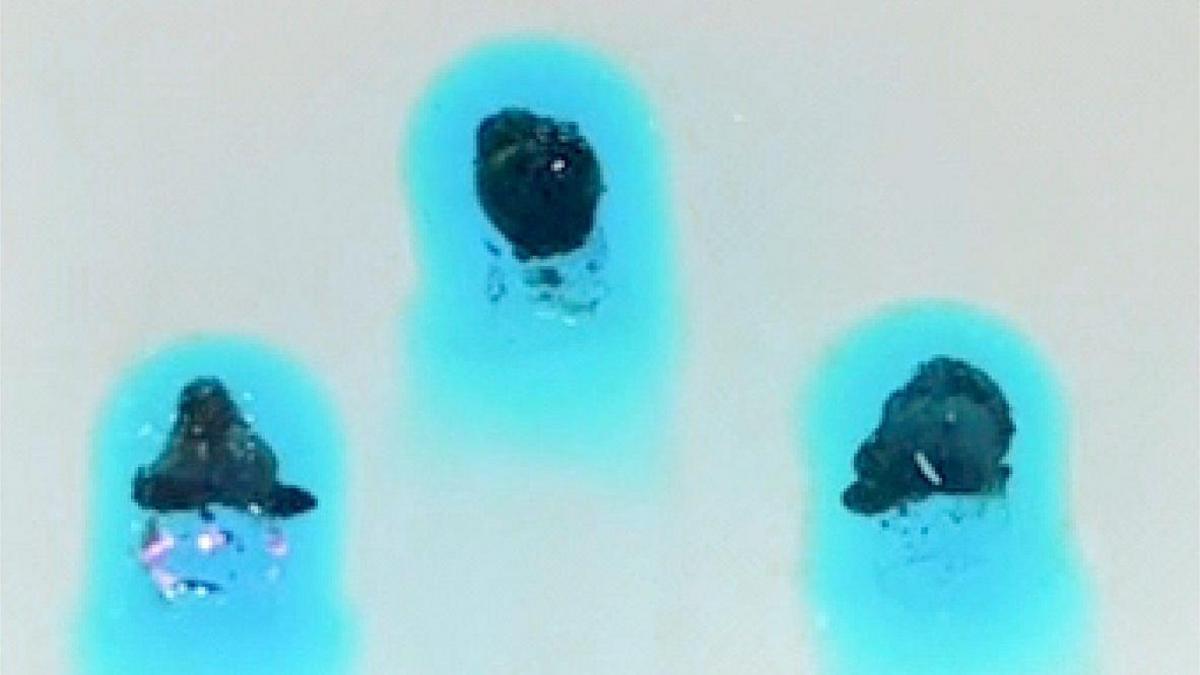
You can see the magnetic liquid inside the robots here
Dr Sun told BBC Newsround that their robots could be very useful in the future: "Our jellyfish robots can do lots of cool things!
"They can help in medicine, like moving tiny drops of medicine inside your body.
"They can also help in chemical experiments, keeping things cool, collecting water, and even in electronics.
"They work in different liquids, even in sticky or rough ones.
"These robots are great because they can split into smaller parts or come together to form a bigger part, making them very flexible and useful for many tiny tasks."
More like this
- Published13 June 2023
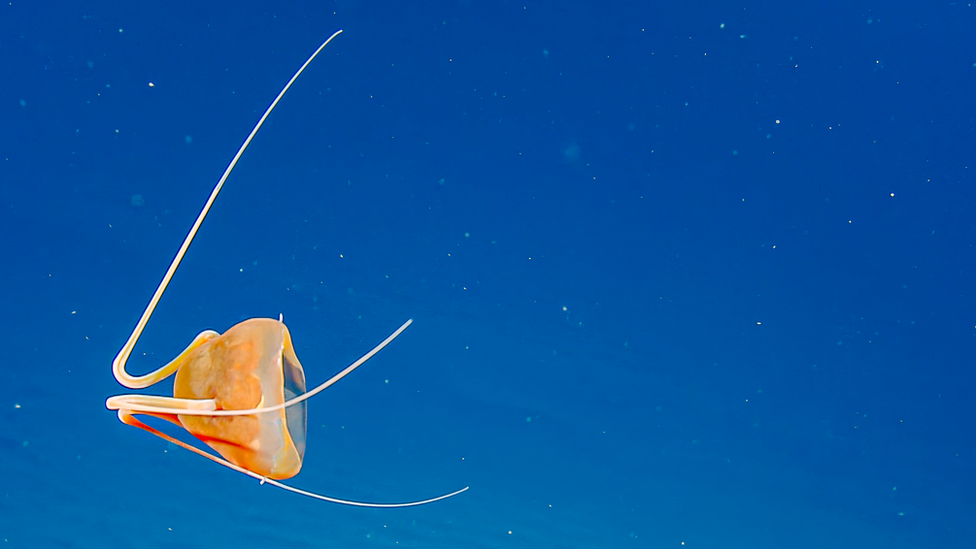
- Published22 October 2023
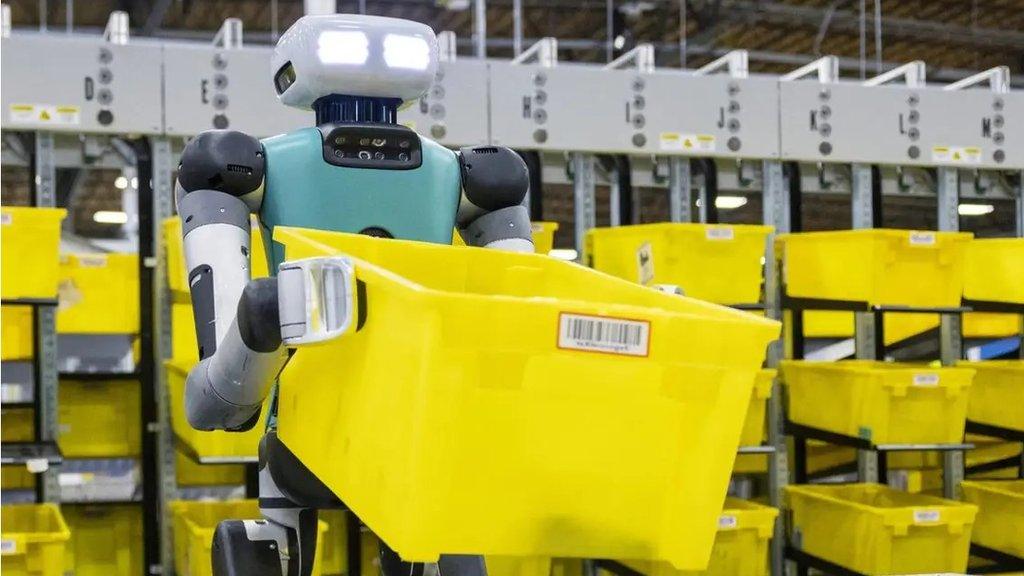
- Published17 April 2024
